Raspberry Pi 400 review: The ultimate portable Pi
Finally - a business-ready Raspberry Pi
-
+
Capable performance
-
+
Amazing value
-
+
Convenient form-factor
-
-
Slight compatibility issues


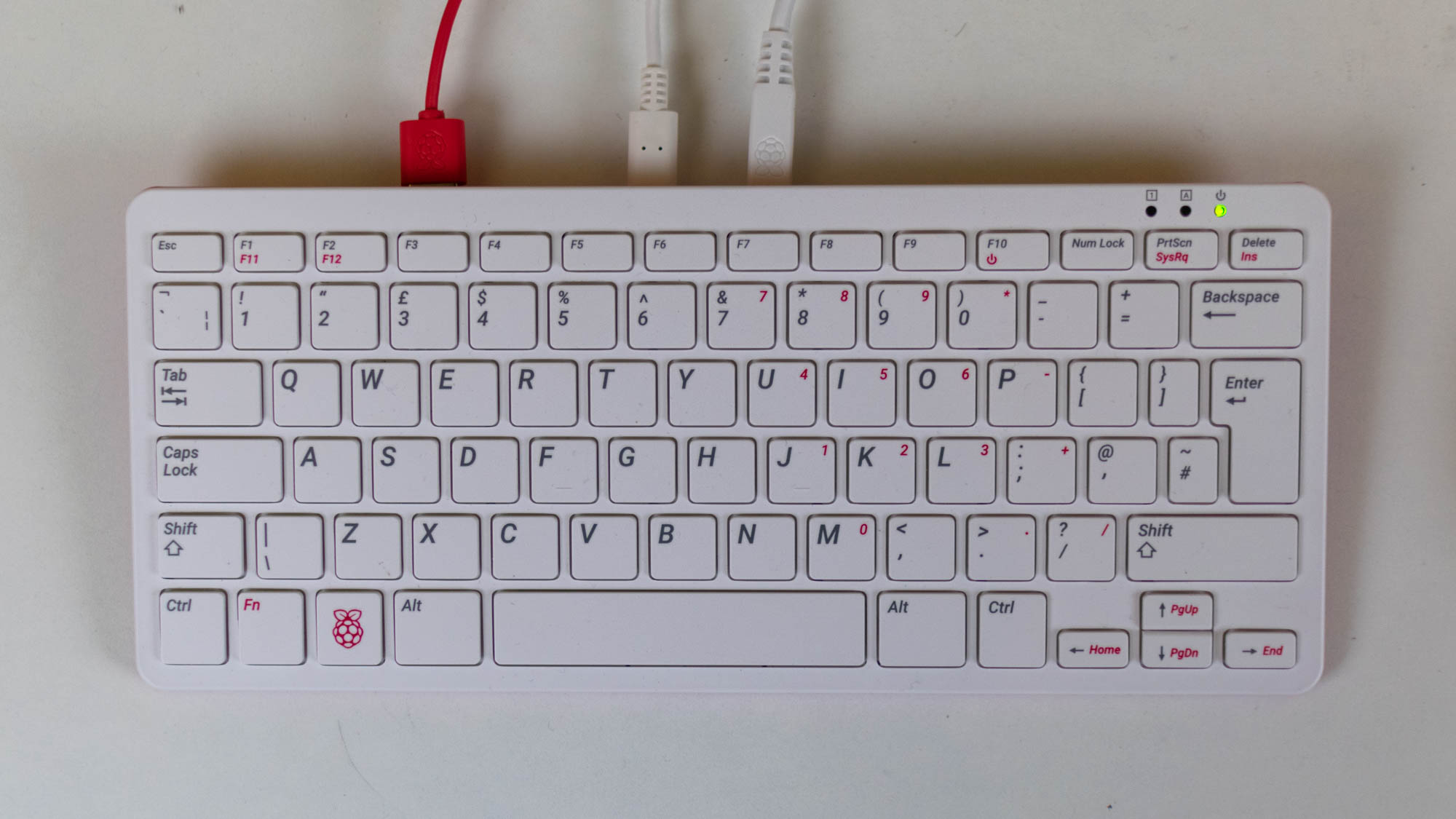
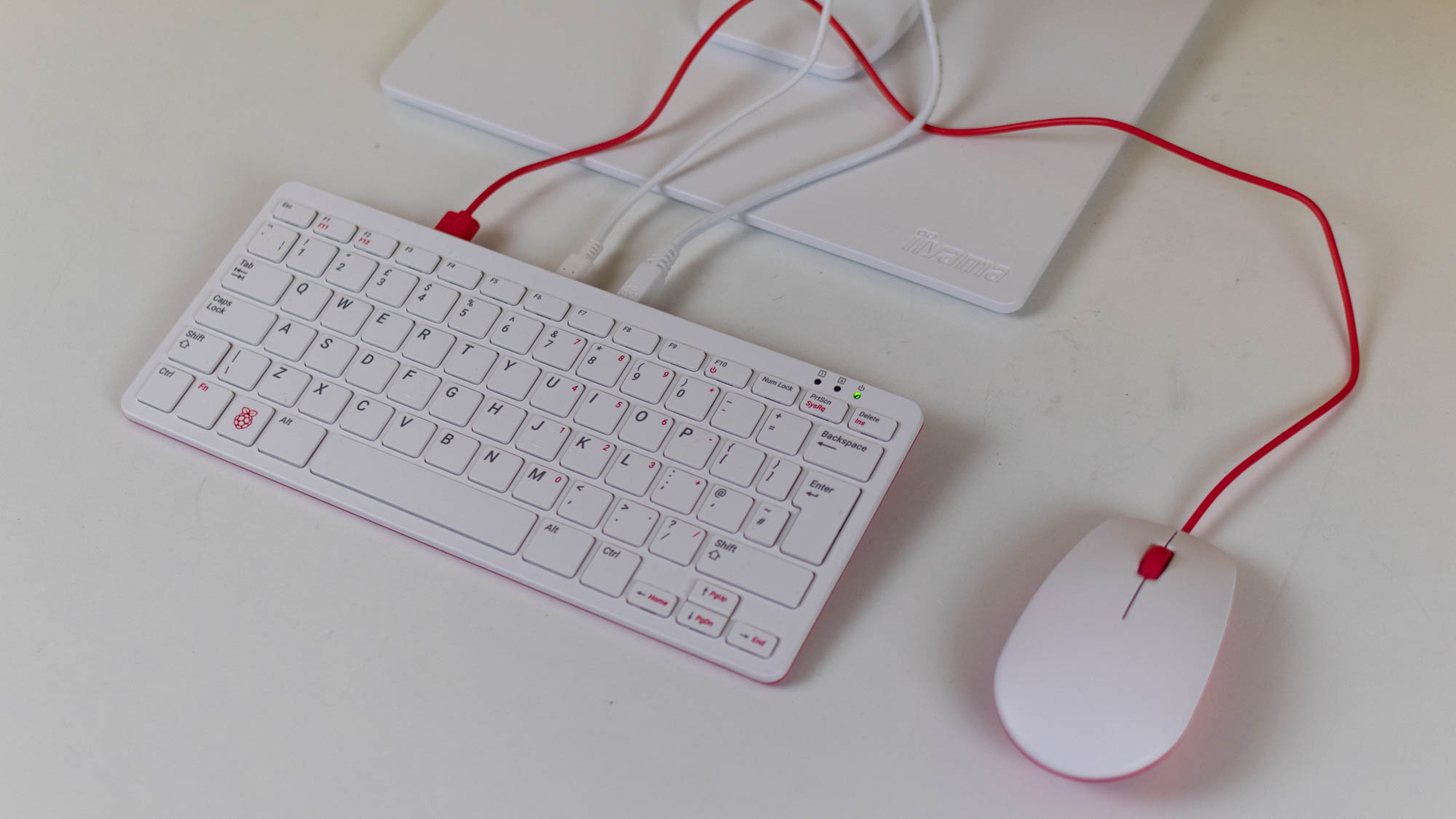
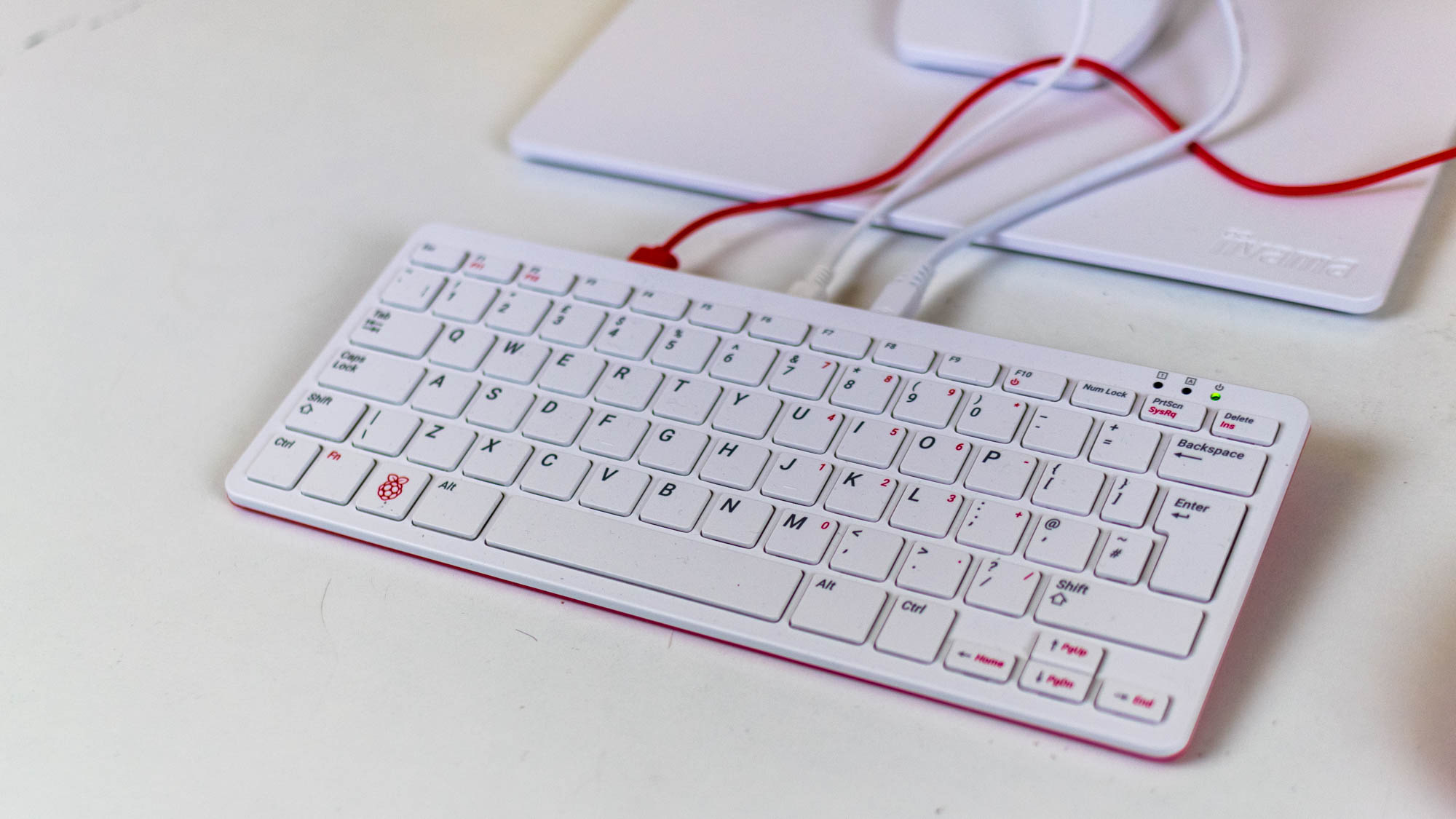
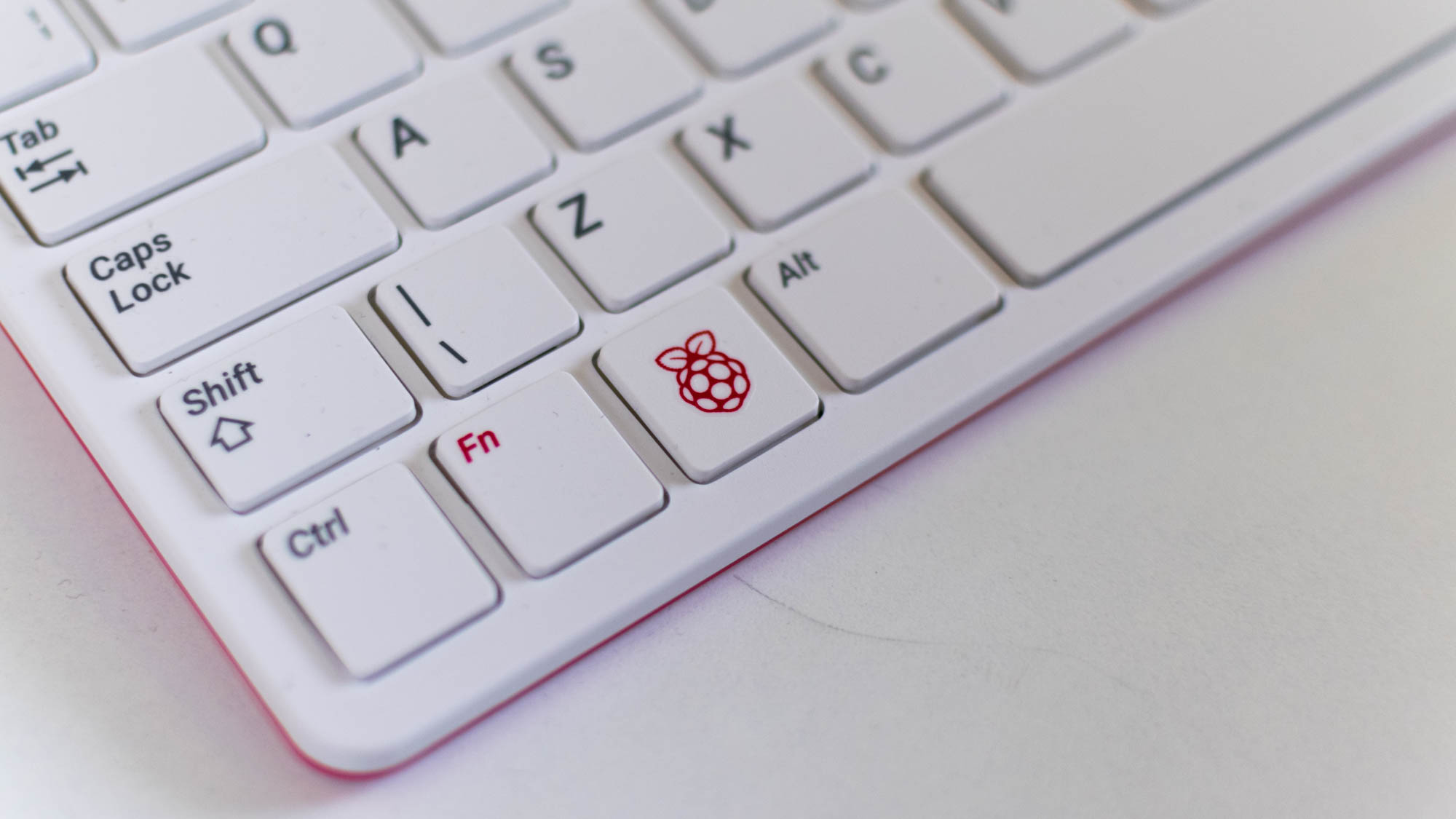
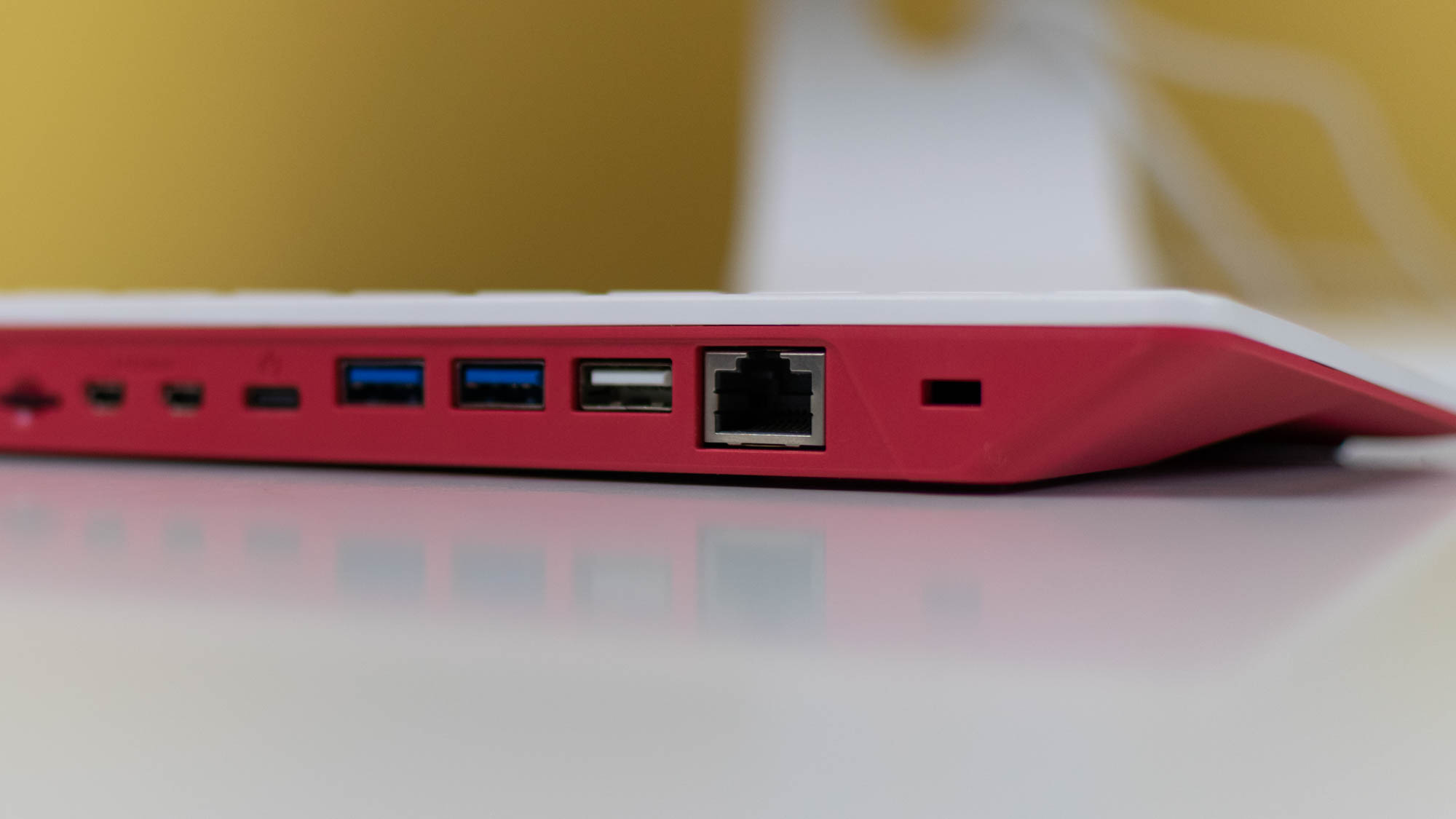
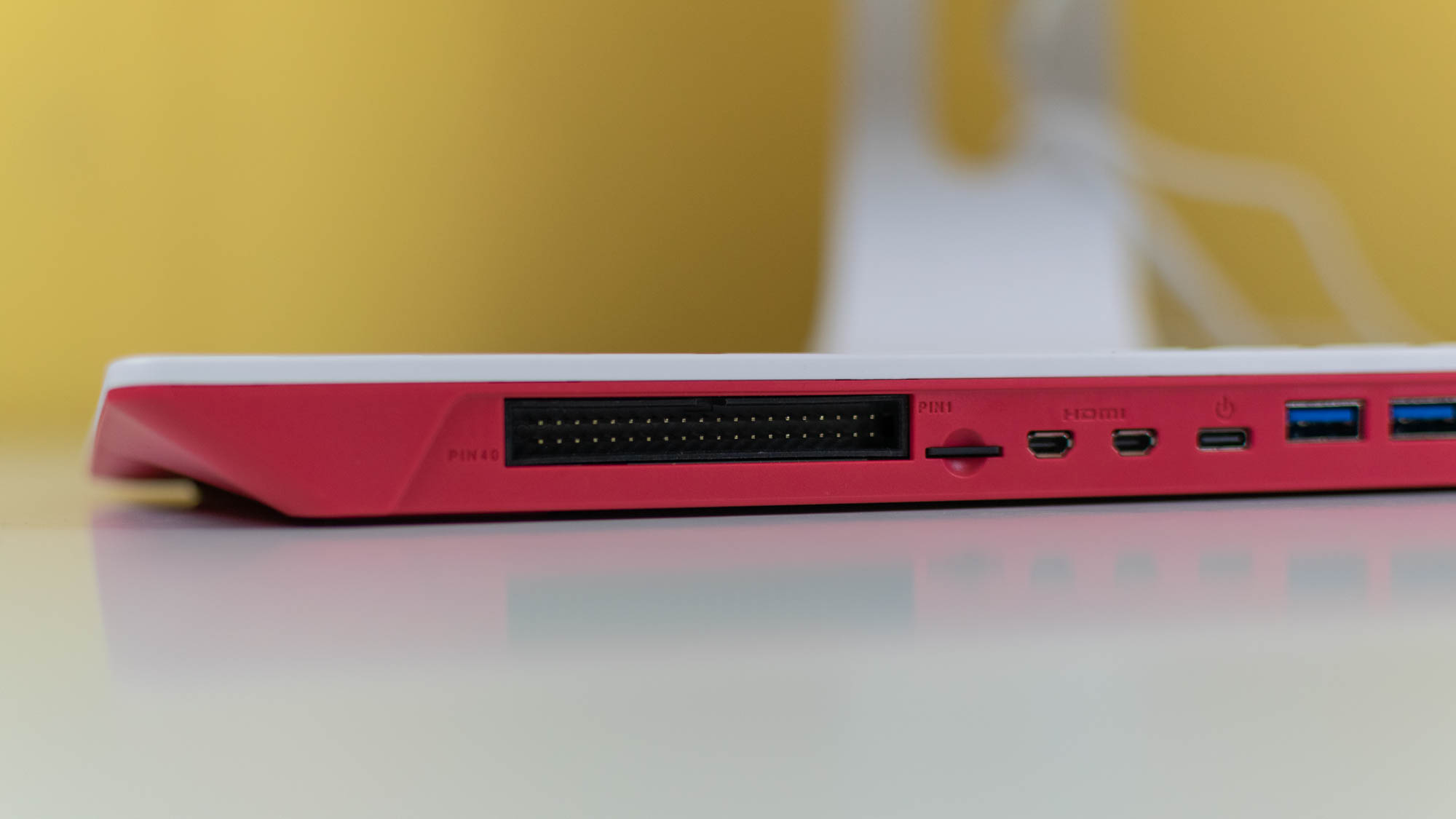
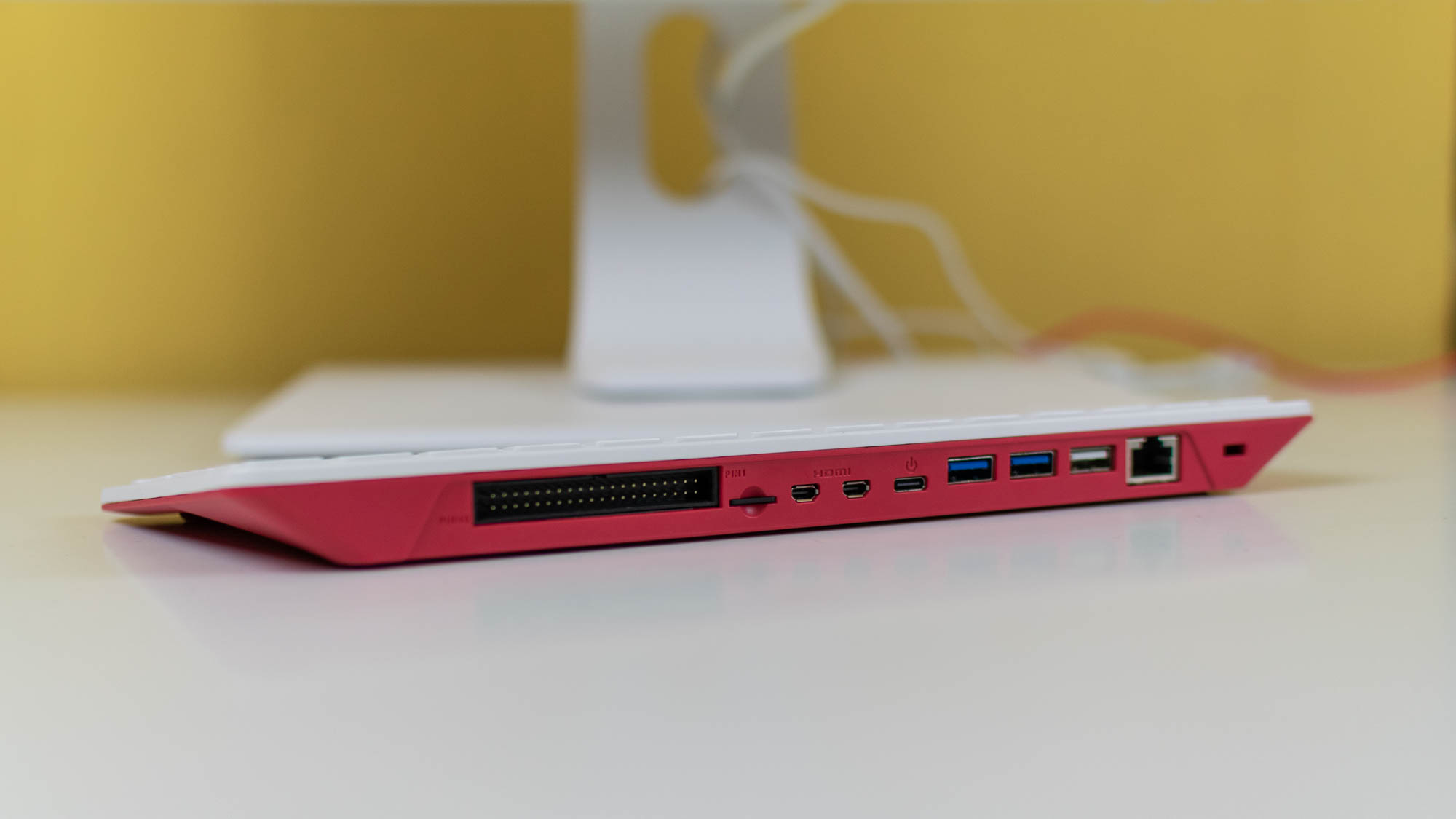
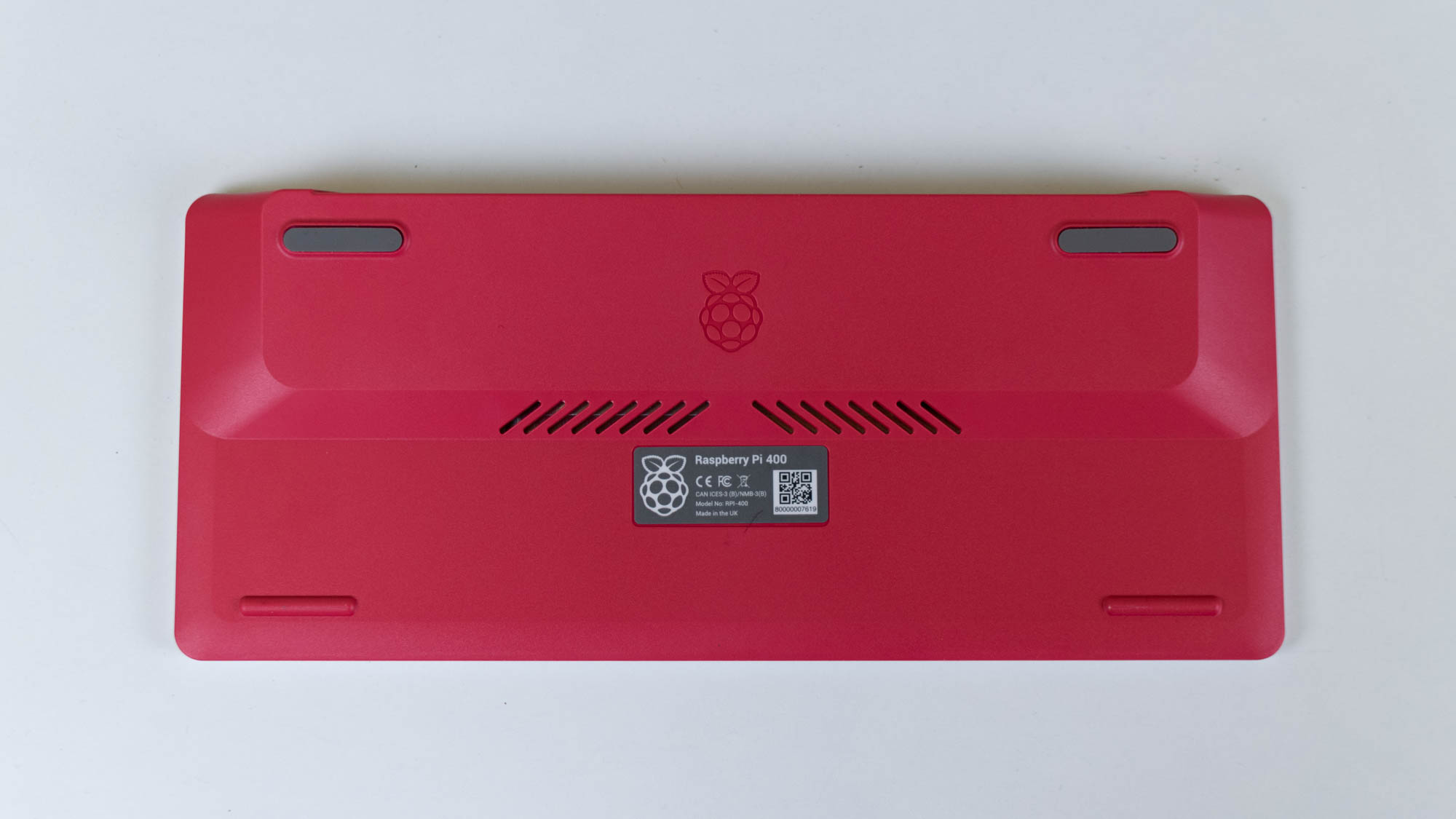
If you’re a long-time reader of IT Pro, you’ll know that we’re huge fans of the Raspberry Pi series. The little PC has been going from strength to strength since its launch in 2012, with new form factors including industrial compute modules and even-smaller miniature versions extending the lineup.
The company has now added another spin-off device to its range in the form of the Raspberry Pi 400 - a device which the company hopes will help it break into the business world, as well as serving its core education market.
Raspberry Pi 400 review: Design
Unusually for a Raspberry Pi device, the 400 isn’t supplied as a bare-bones board. Instead, the computer itself is hidden away inside the body of the official Raspberry Pi keyboard, with the ports exposed along the back of the casing; simply plug it in, connect it to a monitor, and you’re good to go.
This makes it more portable than ever before; with a footprint of just 286 × 122mm, a 384g weight and measuring 23mm thick, it’s small enough to slip into a bag and take on the road. While it’s still not quite as portable as a laptop, it’s the best on-the-go desktop you’ll find.
The 400 is a marked departure for the Pi family, not least because for the first time, the board itself is not accessible. All the relevant ports (including the Pi’s 40 trademark GPIO pins) are still accessible, but there’s no screws to disassemble the keyboard and get at the Pi inside. You can buy it either as just the core machine for $70, or as a full $100 kit, including the Pi 400, all the cabling and accessories you’ll need to get going, and the official Raspberry Pi starter guide.

Looks-wise, it’s an attractive enough machine, clad in the Pi’s signature red and white colour scheme – although the company told us it’s been experimenting with other colour palettes for select business customers, including a grey and black version that we‘d love to see for ourselves. The only other complaint we have about the design is that the plastic chassis feels a little cheap and rickety. This is understandable, given the company’s raison d’etre of keeping the costs low to ensure accessibility, but we’d be more than happy to pay a higher price for a sleek, machined-aluminium version that felt a bit sturdier and more elegant.
Raspberry Pi 400 review: Keyboard
The official Raspberry Pi keyboard, launched alongside the Raspberry Pi 4 last year, was a relatively uninspiring affair – functional, but not exactly groundbreaking. However, we’ve since learned that unit was, in fact, a back-door prototype for the Raspberry Pi 400 chassis.
Sadly, while it’s an ingenious design, the actual keyboard itself is still as underwhelming as the original. The small size leaves it feeling a little cramped compared to a full-sized laptop keyboard, and the keys themselves have a rattly, slightly hollow action to them. Thankfully, though, feedback is firm and satisfying. If you go for the kit version of the Pi 400, you’ll also get a matching official mouse – although we doubt even the geniuses at Raspberry Pi could fit a computer into that.
Raspberry Pi 400 review: Specs and hardware
As the name suggests, the beating heart of this device is essentially a Raspberry Pi 4. More specifically, it’s the top-end model, with a quad-core Arm processor and 4GB of RAM. What’s different (aside from the form factor) is that by placing vents, heatsinks and other thermal management infrastructure throughout the keyboard chassis, the Raspberry Pi engineers have managed to overclock the Pi 4 to 1.8GHz, as opposed to the 1.5GHz clock speed of the basic model.
The company claims this model benefits from an extra 20% performance thanks to its improved thermals, and we can believe it. The original Pi 4 had a tendency to run rather toasty, making aftermarket cooling something of a necessity for maximum performance, but we never experienced any thermal throttling whatsoever, even under the sizeable strain of our in-house benchmark tests.

On that subject, the engineers over at Pi HQ may actually have been low-balling it when it comes to the performance gains for the latest model. Even when tested with an external cooling fan and firmware updates to reduce throttling, the Pi 4 only managed an overall score of 13.9 in our benchmark tests. The Pi 400, meanwhile, scored a rather staggering 27 points – amazingly, that’s actually two points higher than Microsoft’s Surface Go 2.
Digging into the benchmark results a little further tells us a bit more about this Pi’s capabilities. For the image editing tests, which are designed to measure a device’s ability to handle multiple sequential workloads on a single core, it scored just two points – that’s compared to a score of five for the Pi 4. The video editing test was the most successful, with a score of 42, while a result of 26 for the multitasking test is creditable.
These tests demonstrate that while multi-tasking isn’t going to overly exert this machine, it’s not immune to some performance hiccups with single-threaded applications, and this was borne out in our actual use of the device. Performance is still not perfect; we experienced a few freezes, hangs and moments of frustrating lag. This Pi has been optimised for web apps, the company says, but some memory-heavy services still give it trouble. Slack proved to be challenging, while we couldn’t get Google Drive or the web version of WhatsApp to run successfully at all.
In some ways, the Pi is a victim of its own success here; it’s so close to being acceptably powerful for day-to-day use that the few odd stumbles it does run into feel all the more frustrating in contrast. That said, this is the closest a Raspberry Pi has come to desktop levels of horsepower. We wouldn’t be surprised to find similar scores in an entry-level Windows system – so we’re very surprised to find them here.
Raspberry Pi 400 review: Ports and features
The Pi 400 may look and feel a little different to the Pi 4, but it’s sporting the same range of ports, including twin micro HDMI ports (supporting 4K resolutions at 60fps), two USB 3.0 ports and one USB 2.0 port, as well as the aforementioned GPIO pins, all of which are mounted along the rear. For connectivity, there’s a Gigabit Ethernet port, dual-band 802.11n Wi-Fi, and Bluetooth 5.0.

The Pi 400 still runs the company’s own Raspberry Pi OS (conveniently pre-installed on the microSD card if you purchase the complete kit), and while the OS is capable and reasonably well-rounded, it still runs into the compatibility issues that have always been the Linux ecosystem’s achilles heel. We had problems getting things like headphones and webcams to function as intended, for example, and there are still some applications which lack a satisfactory Linux-compatible equivalent.
While you may find workarounds to get your preferred software or peripherals to function, the annoying fact is that it’s nowhere near the plug-and-play experience offered by Windows or macOS – if you’re planning to use this as an everyday machine, be prepared to get real familiar with the Linux terminal. Of course, this isn’t a problem with the Pi, per se, and it’s unfair to lay blame at its feet, but it’s worth bearing in mind nonetheless.
While we’re on the subject of minor gripes, the cables that come supplied with the device are a bit stiff, which makes neat cable management challenging. This is nitpicking of the highest order, though, and if it bothers you, you can always use your own connectors.
Raspberry Pi 400 review: Verdict
The Raspberry Pi has always been more of a fun curiosity than a serious piece of business equipment. While it’s always had its niche uses in a business environment, such as powering digital signage or handling small-scale network management tasks, there were always barriers to its usefulness as a general-purpose end-user computing device for enterprise workers.
With every successive generation, however, those barriers have been eroded, and with the Pi 400, they’ve all but entirely come down, and any qualms that do remain are neatly countered by its price. Here we have a device that costs less than £100, with adequate performance for everyday tasks and a self-contained, portable form factor. Combine that with a desktop virtualisation solution like Citrix – with whom Raspberry Pi has a long-standing partnership – and you’ve got a virtually perfect option for low-cost enterprise hardware fleets.
Imagine, then, how good the Pi 400 would be if it could run a native version of Windows 10. All of the compatibility and UX quirks of Linux would be wiped away at a stroke, and you’d be left with the best entry-level computing experience in the world, bar none. Sadly, that will have to remain a dream without Microsoft’s cooperation, but as it is, this is the closest Raspberry Pi has ever come to creating the perfect all-purpose machine. It’s not quite flawless – but it’s pretty damn close.
Raspberry Pi 400 specifications
| Processor | Quad-core 1.8GHz Broadcom BCM2711 |
| RAM | 4GB |
| Outputs | 2x micro HDMI |
| Dimensions (WDH) | 286 × 122 × 23mm |
| Weight | 384g |
| Ports | 1x USB 2.0, 2x USB 3.0, Gigabit Ethernet, 40-pin GPIO, micro SD slot |
| Operating system | Raspberry Pi OS |
Get the ITPro daily newsletter
Sign up today and you will receive a free copy of our Future Focus 2025 report - the leading guidance on AI, cybersecurity and other IT challenges as per 700+ senior executives
Adam Shepherd has been a technology journalist since 2015, covering everything from cloud storage and security, to smartphones and servers. Over the course of his career, he’s seen the spread of 5G, the growing ubiquity of wireless devices, and the start of the connected revolution. He’s also been to more trade shows and technology conferences than he cares to count.
Adam is an avid follower of the latest hardware innovations, and he is never happier than when tinkering with complex network configurations, or exploring a new Linux distro. He was also previously a co-host on the ITPro Podcast, where he was often found ranting about his love of strange gadgets, his disdain for Windows Mobile, and everything in between.
You can find Adam tweeting about enterprise technology (or more often bad jokes) @AdamShepherUK.
-
 ‘Phishing kits are a force multiplier': Cheap cyber crime kits can be bought on the dark web for less than $25 – and experts warn it’s lowering the barrier of entry for amateur hackers
‘Phishing kits are a force multiplier': Cheap cyber crime kits can be bought on the dark web for less than $25 – and experts warn it’s lowering the barrier of entry for amateur hackersNews Research from NordVPN shows phishing kits are now widely available on the dark web and via messaging apps like Telegram, and are often selling for less than $25.
By Emma Woollacott Published
-
 Redis unveils new tools for developers working on AI applications
Redis unveils new tools for developers working on AI applicationsNews Redis has announced new tools aimed at making it easier for AI developers to build applications and optimize large language model (LLM) outputs.
By Ross Kelly Published
-
 Google layoffs continue with "hundreds" cut from Chrome, Android, and Pixel teams
Google layoffs continue with "hundreds" cut from Chrome, Android, and Pixel teamsNews The tech giant's efficiency drive enters a third year with devices teams the latest target
By Bobby Hellard Published